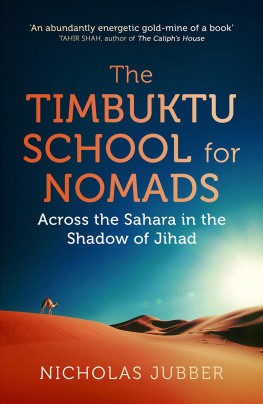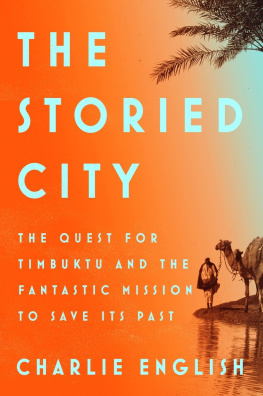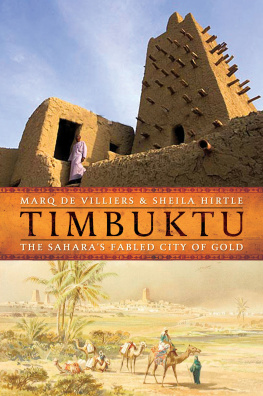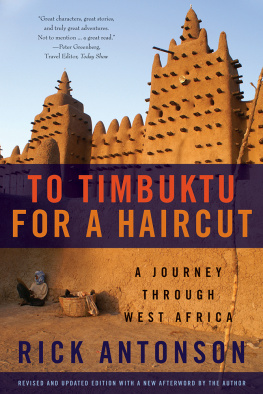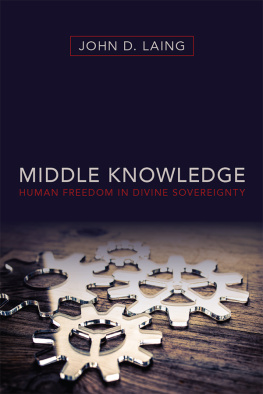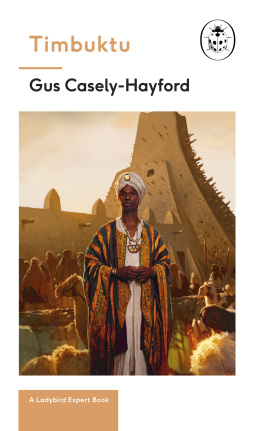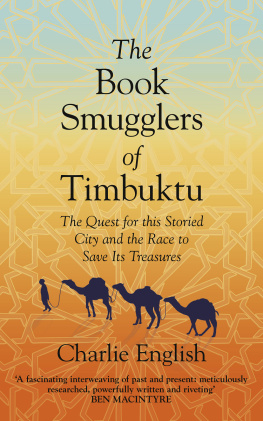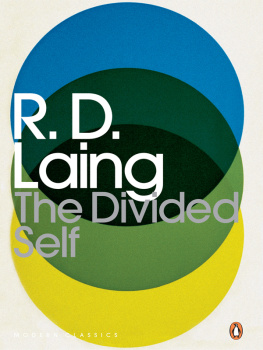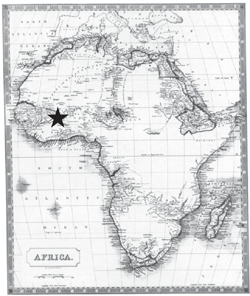Frank T. Kryza - The Race for Timbuktu: The Story of Gordon Laing and the Race
Here you can read online Frank T. Kryza - The Race for Timbuktu: The Story of Gordon Laing and the Race full text of the book (entire story) in english for free. Download pdf and epub, get meaning, cover and reviews about this ebook. year: 2011, publisher: HarperCollins, genre: Detective and thriller. Description of the work, (preface) as well as reviews are available. Best literature library LitArk.com created for fans of good reading and offers a wide selection of genres:
Romance novel
Science fiction
Adventure
Detective
Science
History
Home and family
Prose
Art
Politics
Computer
Non-fiction
Religion
Business
Children
Humor
Choose a favorite category and find really read worthwhile books. Enjoy immersion in the world of imagination, feel the emotions of the characters or learn something new for yourself, make an fascinating discovery.

- Book:The Race for Timbuktu: The Story of Gordon Laing and the Race
- Author:
- Publisher:HarperCollins
- Genre:
- Year:2011
- Rating:5 / 5
- Favourites:Add to favourites
- Your mark:
The Race for Timbuktu: The Story of Gordon Laing and the Race: summary, description and annotation
We offer to read an annotation, description, summary or preface (depends on what the author of the book "The Race for Timbuktu: The Story of Gordon Laing and the Race" wrote himself). If you haven't found the necessary information about the book — write in the comments, we will try to find it.
In the first decades of the nineteenth century, no place burned more brightly in the imagination of European geographersand fortune huntersthan the lost city of Timbuktu. Africas legendary City of Gold, not visited by Europeans since the Middle Ages, held the promise of wealth and fame for the first explorer to make it there. In 1824, the French Geographical Society offered a cash prize to the first expedition from any nation to visit Timbuktu and return to tell the tale.
One of the contenders was Major Alexander Gordon Laing, a thirtyyearold army officer. Handsome and confident, Laing was convinced that Timbuktu was his destiny, and his ticket to glory. In July 1825, after a whirlwind romance with Emma Warrington, daughter of the British consul at Tripoli, Laing left the Mediterranean coast to cross the Sahara. His 2,000mile journey took on an added urgency when Hugh Clapperton, a more experienced explorer, set out to beat him. Apprised of each others mission by overseers in London who hoped the two would cooperate, Clapperton instead became Laings rival, spurring him on across a hostile wilderness.
An emotionally charged, actionpacked, utterly gripping read, The Race for Timbuktu offers a close, personal look at the extraordinary people and pivotal events of nineteenthcentury African exploration that changed the course of history and the shape of the modern world.
From Publishers WeeklyKryza recreates the bold journeys through the unknown Africa of early 19th-century British explorers Alexander Gordon Laing and Hugh Clapperton, competing to find the fabled city of Timbuktu. Kryzas meticulous research of letters, diaries and official records forms the basis for affecting descriptions of the hazards and horrors the two explorers faced. Kryza, who lived in Africa for 11 years and traveled Laings route, writes evocatively of the beauty of the African landscape and provides chilling glimpses of the barbarism of the slave trade. He also exposes the unbridgeable cultural gap between 19th-century Muslims in North Africa and the Christian explorers. But what most impresses are the sheer number of ways there were to die in Africa, known as the White Mans gravemalaria, dysentery, drowning, parasitic infections and heat stroke were a few of the natural threats, which paled beside the likelihood of being killed by fellow travelers, slavers, bandits or capricious rulers. Kryza (The Power of Light) starts slowly, but when the focus settles on Laing and Clapperton, readers will be eager to find out their fates. 20 b&w illus.
Copyright Reed Business Information, a division of Reed Elsevier Inc. All rights reserved.
Timbuktu is in the center of Mali on the southern edge of the Sahara. In the first two decades of the nineteenth century, it held the promise of wealth and fame for the first explorer to make it there and back alive. As Kryza sees it, Timbuktu assumed the quality of a mythic dream, a city paved in gold. He chronicles the 2,000-mile journey of Major Alexander Gordon Laing, an army officer with the Royal Africa Corps, in 1825. The trip across the Sahara from Tripoli to Timbuktu took more than a year, Laings caravan facing suffocating heat and foul-smelling food. Distances were measured in days, never in miles, and at night he and his men wrapped themselves in blankets and slept on the sand. Laing was the first European to visit Timbuktu and was received by its governor in a small mud house, and Kryza himself spent 11 years in Africa traveling much of this route. His narration of Laings perilous journey is electrifying. George Cohen
Copyright American Library Association. All rights reserved
Frank T. Kryza: author's other books
Who wrote The Race for Timbuktu: The Story of Gordon Laing and the Race? Find out the surname, the name of the author of the book and a list of all author's works by series.

